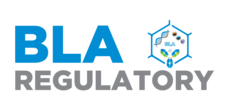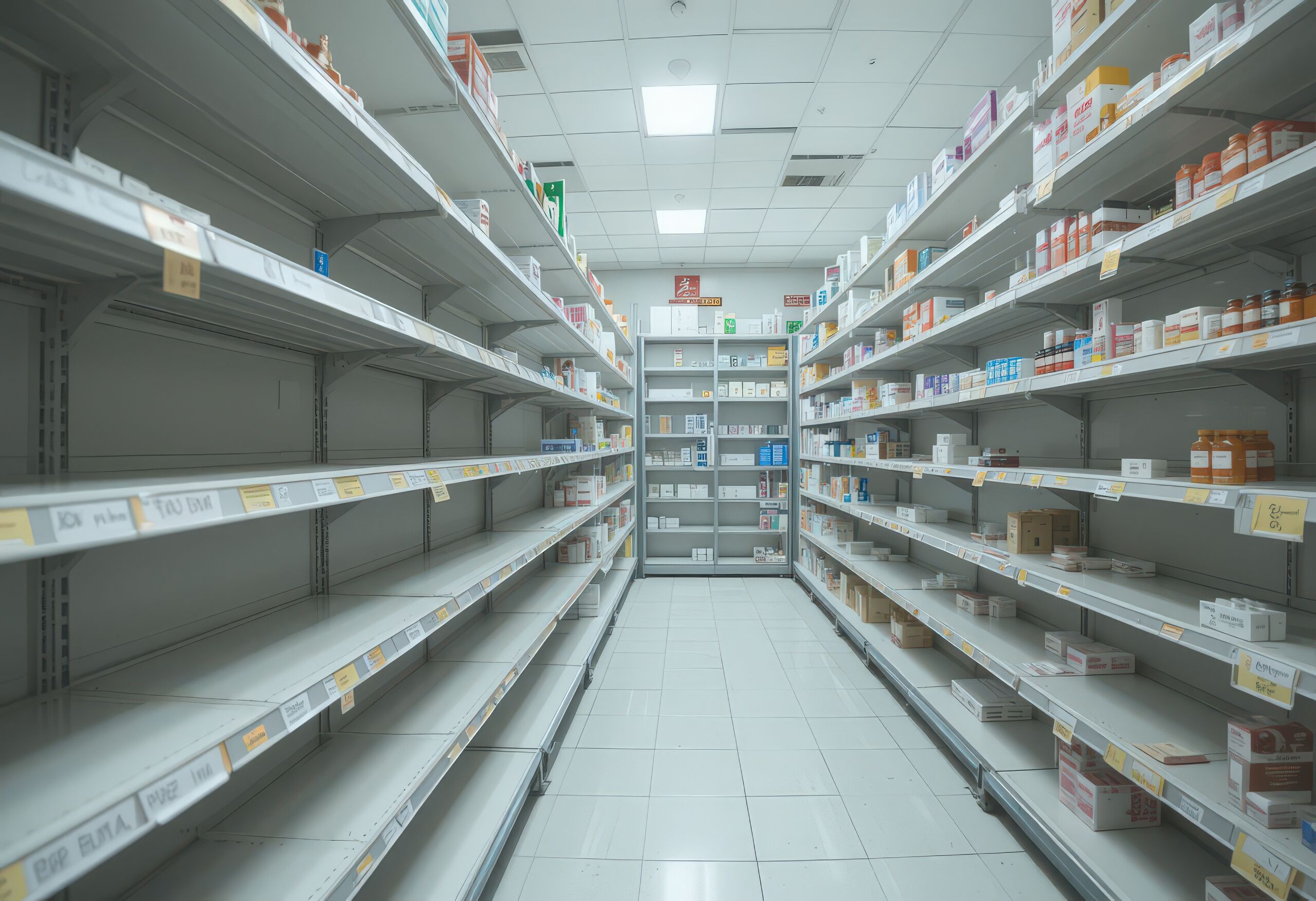Drug shortages have escalated into one of the most persistent threats to patient care in the U.S., peaking at 323 active shortages in early 2024 and still hovering above 250 today. More than 60% of these shortages last over two years, often affecting life-supporting or disability-treating medicines. Hospitals now spend an estimated 20 million hours and nearly $900 million annually managing these supply gaps — resources diverted from frontline care.
This newsletter explains how the FDA manages shortages under its dual framework of rapid mitigation and long-term prevention, and what this means for both U.S. and foreign sponsors. Inside, you’ll find a breakdown of sponsor obligations under Section 506C, insights into how FDA prioritizes quality through its Quality Management Maturity (QMM) initiative, and lessons from recent responses after Hurricane Maria.
Why Sponsors Are Central to Drug Shortage Management
CDER’s drug shortage guidance (MAPP 4190.1) places the Drug Shortage Staff (DSS) at the center of FDA’s response, with drug sponsors—U.S. and foreign—playing a critical role in reporting supply issues, adjusting production, and replenishing stock.
Two key laws shape these responsibilities:
- FDA Safety and Innovation Act (FDASIA, 2012): Requires sponsors of life-supporting or life-maintaining drugs to proactively report permanent or temporary production stoppages that may cause significant U.S. supply disruptions.
- Coronavirus Aid, Relief, and Economic Security (CARES) Act (2020): Reporting now covers both finished drugs and active pharmaceutical ingredients (APIs), enabling earlier FDA intervention and prevention.
Under this structure, U.S. sponsors lead domestic supply security, while foreign sponsors act as emergency reinforcements when U.S. production falls short. Compliance expectations and response timelines differ, reflecting each group’s role in keeping patients supplied.
U.S. Sponsors: Frontline for Ensuring Supply Security
U.S. Sponsor’s responsibilities span three phases: prevention, mitigation, and resolution.
- Prevention – Reporting & Transparency
- Primary responsibility of U.S. Sponsors.
- Notify FDA promptly about permanent or temporary stoppages that could disrupt U.S. supply.
- Prepare NDC lists, manufacturer details, disruption rationale, and estimated recovery timelines — the FDA’s 506C guidance (2024) outlines these required fields. Section 506C requires advance notification timelines for planned and unplanned interruptions.
- When the DSS hears about possible shortages from organizations like the American Society of Health-System Pharmacists (ASHP) or healthcare providers, U.S. sponsors must quickly share current production plans, how fast inventory is moving, and distribution data from wholesalers.
Why it matters: Timely notifications give the FDA time to coordinate mitigation and can prevent localized problems from becoming nationwide shortages.
- Mitigation – Boosting Capacity Quickly
- Seek expedited FDA review for supplier changes, capacity increases, or new ANDA filings.
- Rapidly correct quality issues and submit evidence of remediation to resume production.
- For Schedule II drugs like certain opioids, sponsors must provide proof to the DSS if their production quota is insufficient. The DSS then works with the DEA to request quota increases. If the DEA denies a request, the rejection letter is posted publicly so sponsors can adjust their plans accordingly.
Why it matters: Prepared documentation and flexible capacity reduce downtime from months to weeks.
Foreign Sponsors: Emergency Supplementation, with Opportunity
Foreign Sponsors are generally called in only when domestic supply is insufficient and no approved U.S. alternatives exist. Relies on existing production batches, as there is no time for new lines.
End-to-End FDA-Led Process
- FDA screens for potential foreign Sponsors based on regulatory partnerships and compliance history.
- Required documents: Certificates of Analysis, batch records, site inspection reports, labeling in English, distribution routes, and health provider communication letters.
- Costs of production, transport, and distribution are fully borne by the foreign Sponsor.
- CDER teams assess production site compliance (GMP), import regulatory alignment, and streamline port entry to avoid delays.
That said, recent FDA import authorizations and temporary importation pathways show clear commercial opportunities for qualified foreign manufacturers.
Temporary Importation Authority Expanding
Recent data shows that two-thirds of generic sterile injectable shortages between 2021-2024 had potential imported equivalents from well-regulated markets.
Approved Source Countries include:
- Australia, Canada, France, Germany
- New Zealand, United Kingdom
- Other jurisdictions with mutual recognition agreements
Compliance & Strategic Recommendations
Conclusion
FDA’s evolving approach (short‑term mitigation + long‑term prevention) rewards sponsors who pair quality excellence with preparedness. Companies that pre‑position regulatory relationships, operationalize 506C, and invest in QMM will not only avoid shortages — they will gain strategic market advantage.


